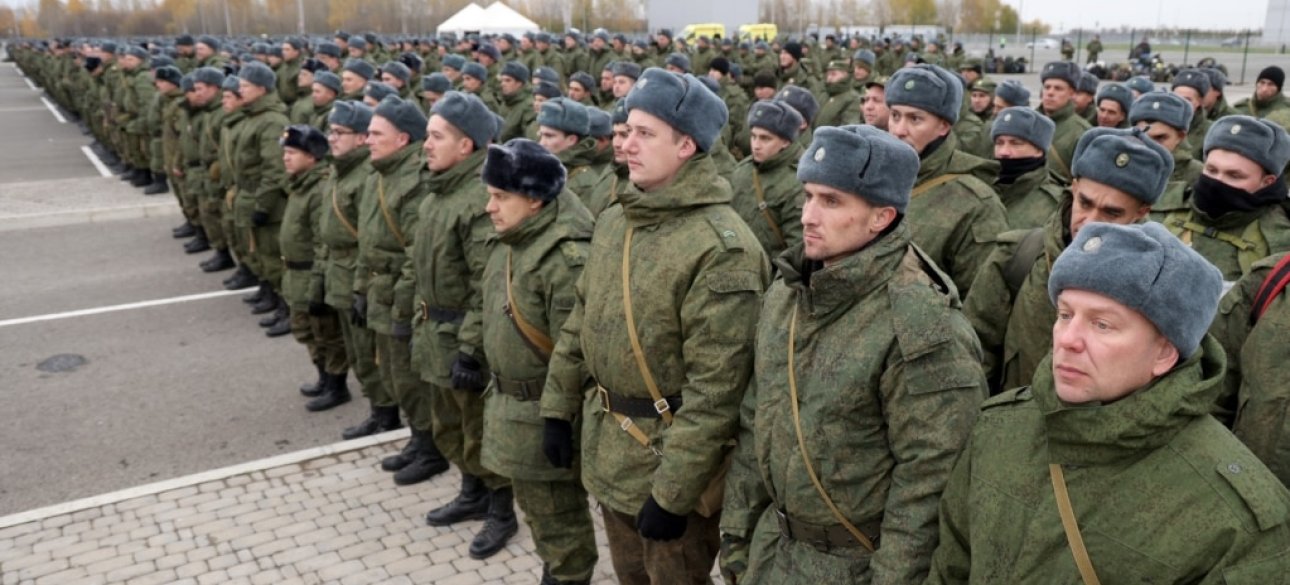
 By Eliza Popova
By Eliza Popova
To date, the total number of the so-called "uninked grouping of the RF forces of the Russian Federation on the Southwestern TVD" (official name of the variety and heterogeneous grouping of the Armed Forces of the Russian Federation, which is fighting in Ukraine), according to various estimates, is from 610 to 630 thousand personnel. This figure is not static; However, there are no significant changes (from 50 thousand) in one way or the other.
Thus, it becomes clear that the number of 730-750 thousand "carcasses" in the "current army" has not yet been able to reach the "planned" (2024) of 730-750 thousand carcasses at the end of last year (2024). The deficit is at least about 100 thousand people. For a number of data, the military-political leadership of the Russian Federation plans to increase the total number of its armed forces this year by about 320-340 thousand people.
And as far as I understand, there are no 100,000 bodies in the "current army" planned to get from this amount. Thus, the Russian command plans to solve two main tasks in the field of recruitment for further warfare: it is clear that in this case all this is directly related to such a non -trivial process as the formation and deployment of strategic reserves. And as a consequence - planning and conducting further offensive operations.
The main difficulty for the Russian military command in this matter is that it will be very problematic to provide such a significant "set" only at the expense of "hybrid" mobilization, which has a mixed contractual and mitty. In order to still complete the tasks, they will have to carry out a full and open mobilization deployment (mobilization) of their army.
More precisely, to declare (and to carry out in reality) the next stage of the so -called "partial" mobilization, which no one was canceled (at least officially). As far as I understand, at the moment, the Kremlin has not yet made the final decision to start its practical implementation.
It should be understood that they are fully aware of the possible socio-political consequences of such a radical step and still try to "reach the required indicators of" mobilization deployment only "hybrid path".
Why is it so important for the further course and content of the war? Because the scope and intensity of hypothetical offensive actions of the enemy troops (for example, in the spring and summer of the current year) is directly and directly related to the size, structure and combat capabilities of their main groups, as well as the state of their strategic reserves. The mathematics here is simple and understandable.
If you, figuratively speaking, put 30-40 thousand personnel on average on average on such towns as Avdiivka or Toretsk (this is still the most "cautious" calculations), then you can quite imagine how much you will need, for example, at one time for "Slavic" Moreover, in addition to replenishing current losses. It is obvious that even the presence of the same, very "scarce" 100 thousand additional bodies to all the strategic grouping of troops will not make much "weather" in this sense.
You need another - "Get up, the floor is hub, get up on death. " But the "stands" the further, the more closely. And even for "beautiful money".
Well, if in general, try to "lift", without money, forcibly, it can end with "postage, telegraph and telephone", and this time not so much for the forces of some semi-drunk sailors from "Aurora", but quite "reliable" reserve units and formations that will be formed, obviously, " In the two all-military armies (ID), the enemy currently operated in its grouping of troops (UVs) "South"-51st and 3rd a second-day (yes, these are the former, so-called "army corps" DNR "and" LNR ").
(MSD) The brigades operate directly on the front not only with their "regular" composition, but also control a number of units and units attached to them (as a rule, by some separate rifle/motorized rifle regiment-Batalion, and even several, completed mainly "partially mobilized"). Improvement of their organizational and staff structure.
It is assumed that each of the motorized rifle divisions that will be part of these armies will consist of 4 "linear" regiments-2 assaults and 2 "fixing" + self-propelled artillery regiment (SAP), as well as a set of units of combat and logistics at the divisional level. The term "motorized" in relation to these connections should not mislead you. The lion's proportion of their components will be shooting regiments and battalions.
The name "motorizer" is likely to be assigned to them, so to speak, an advance. Although the Russian command plans to further "reform" all the shooting units and units of these divisions into Motorilile. For understanding, the 51st ID is scheduled to include three motor-rifle divisions-the 1st ISD, the 110th SMEs and the 132nd SMEs.
But, the 132nd MSD, for example, will be formed on the basis of the 101st and 109th separate shooting regiments (OSP), three separate shooting battalions (OSB)-the 269th, 270th and 272th will be combined into another Rifle Regiment of this Division-103-th Education. (The four -digit regiment number clearly hints that he is not quite a "motorized rifle", because, obviously, it belongs to the so -called "mobilization reserve" with a very limited number of "motorized" means).
"Questions with tanks" for these formations also remains open. It is unclear whether each of the divisions on the tank regiment, whether they will be limited by a separate tank battalion and regular battalions in the regiments. But, apparently, will be very tense with tanks in these divisions, and accordingly? in both armies. It is possible that each of these armies will receive a separate tank regiment in their staff and they will calm down (well, or will rest "with peace") . . .
The presence of anti-aircraft missile and engineering-sapliers, as well as other regiment formations, apparently, is also not provided in these divisions. Most likely, these troops will be represented in the joints of both armies exclusively by the Units of the level of "Separate Battalion/Division". Probably, such shelves will appear exclusively at the level of armies.
Based on all of the above, we can conclude that the "reformatting" of the organizational and staff structure of both "armies of Donbass" is likely to be carried out solely as an improvement of the system of their management and is unlikely to lead to a significant increase in their number, and therefore their combat capabilities. On paper, these "army of Donbass" with three "motorized" divisions in their composition will look quite "threatening".


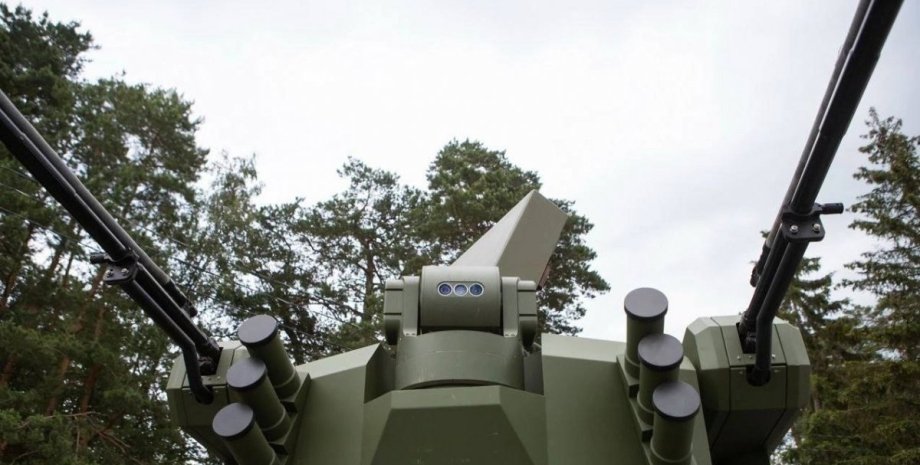
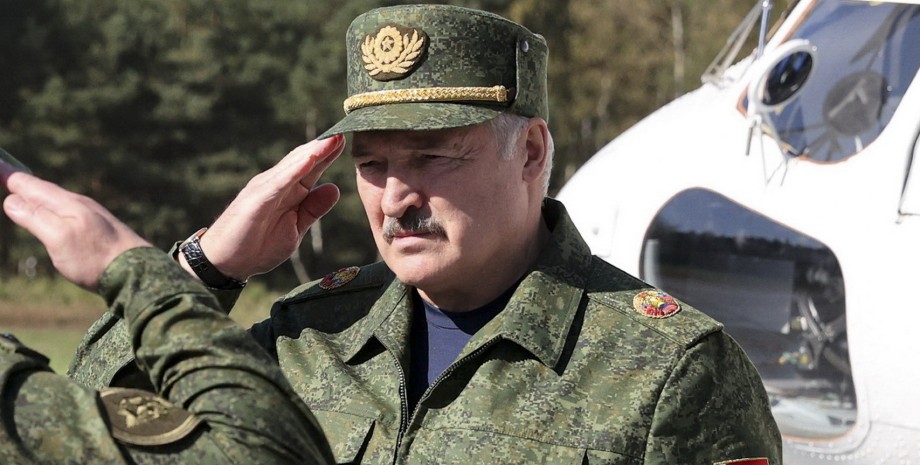
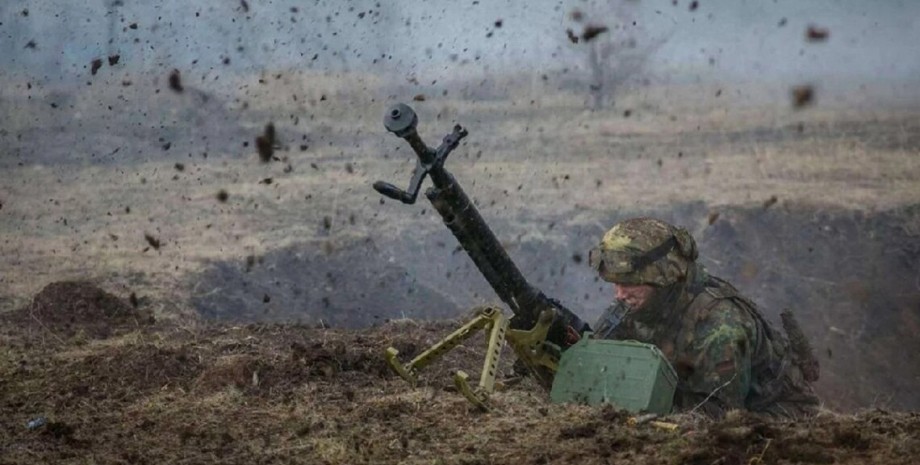

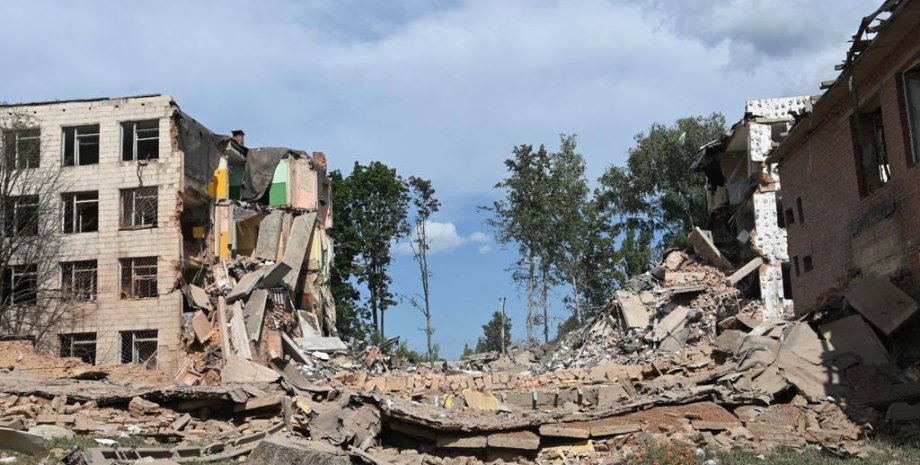

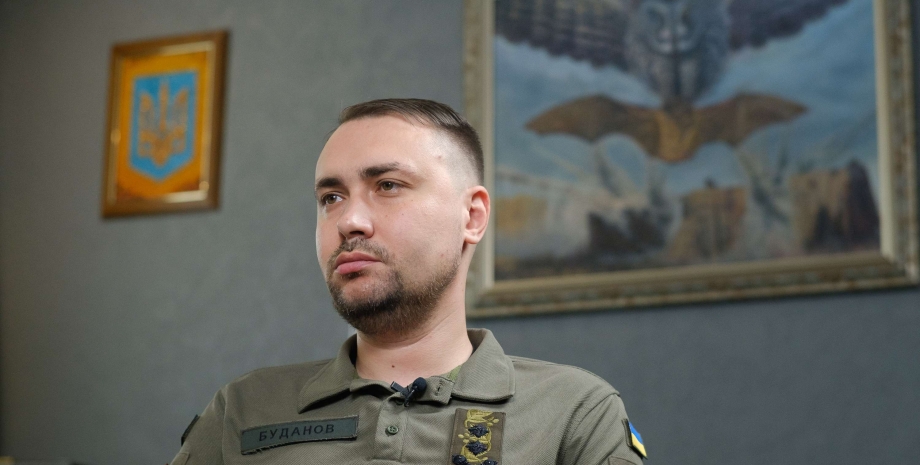
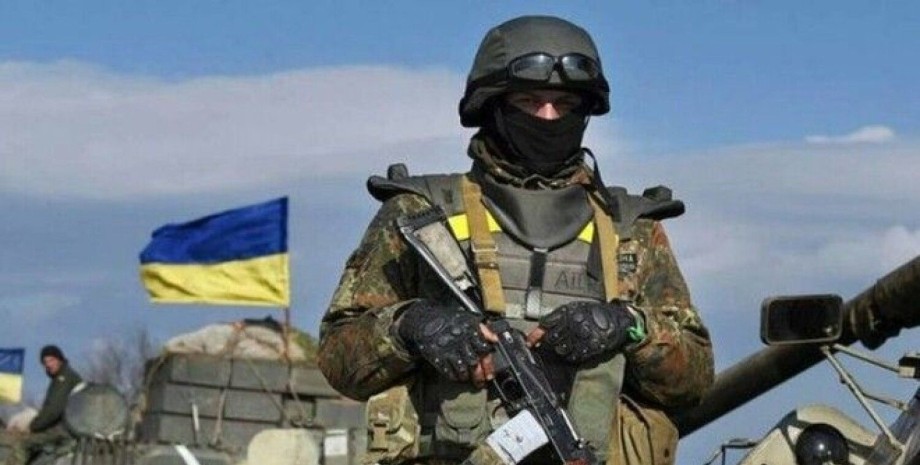
All rights reserved IN-Ukraine.info - 2022